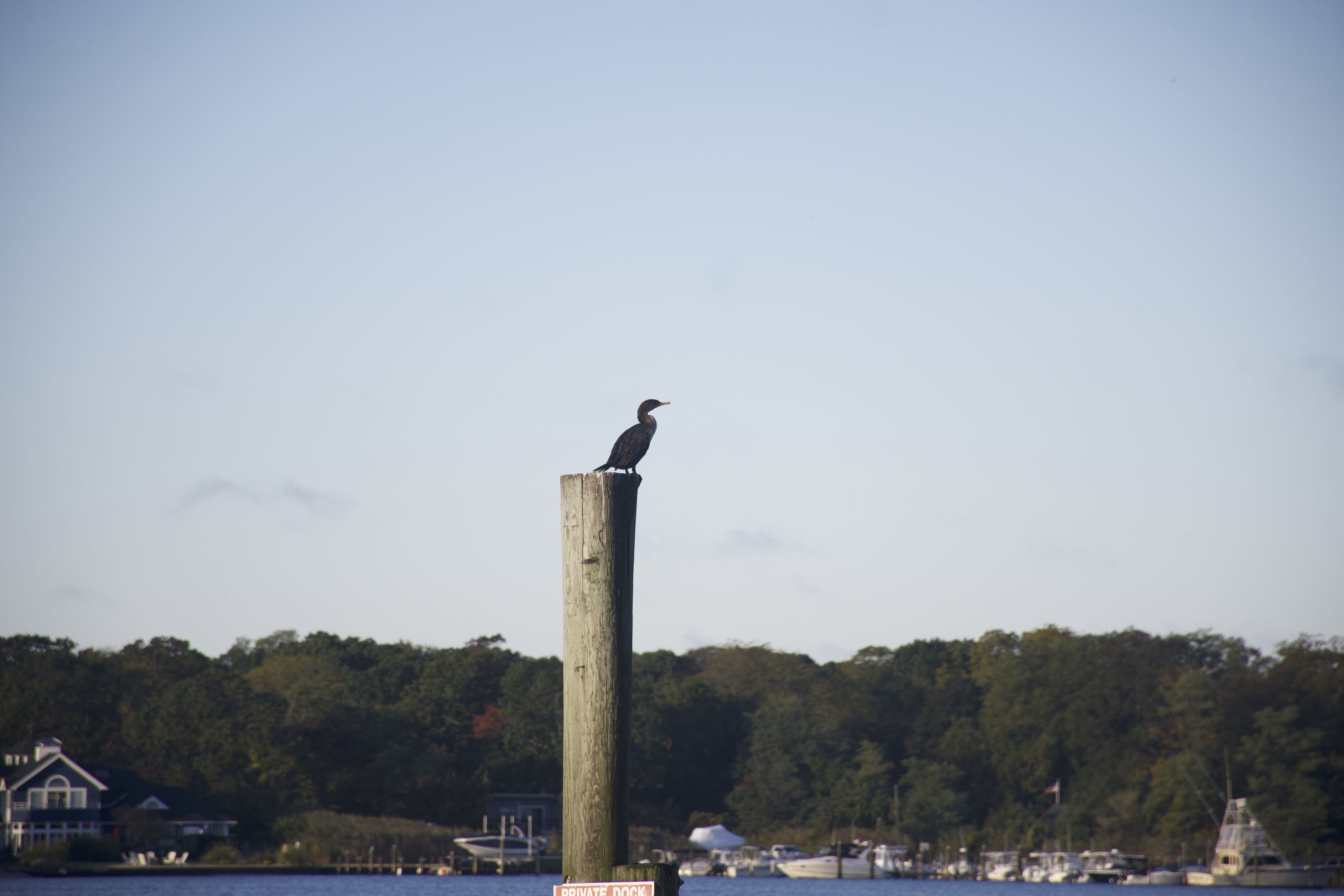Undoing The Damage
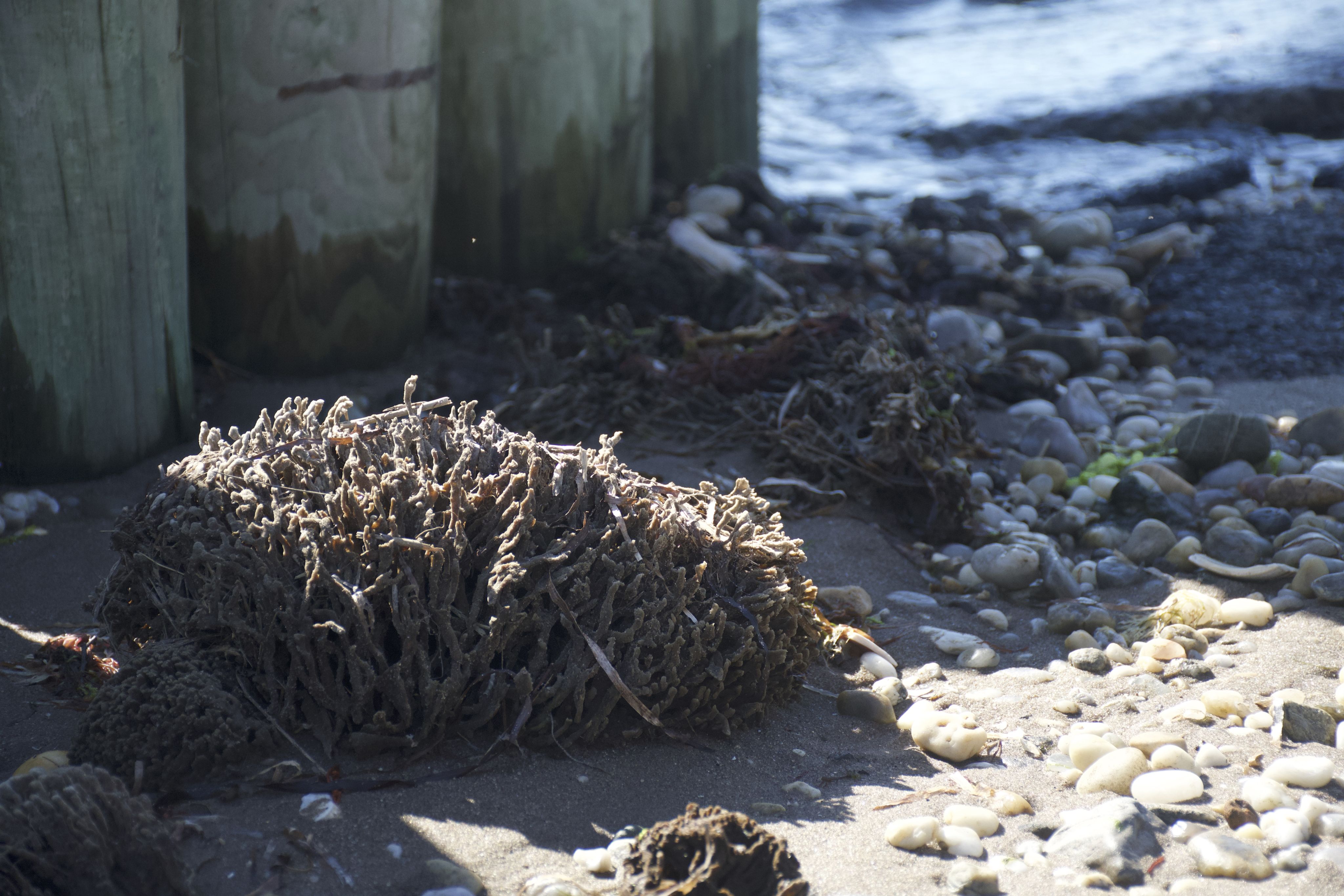
Rich Berglin learned to harvest shellfish from his father. Well acquainted with wading in knee-high water, casting nets, and raking mud, he has experienced the changes to the bay firsthand.
“As a kid, fishing was the coolest thing!” said Berglin, remembering working beside his father. In the decades following, he and his brothers would get their own boats and head out to Tiana Bay and Shinnecock Bay to fuel their passion as fishermen. Today, these waters are almost barren.
"It’s just not enough clams. I remember the late seventies, when I was 17 years old, the clamming was great. I could remember making $100 a day. For a kid, back then, that was like having $500 nights. It was just crazy good!" said Rich Berglin.
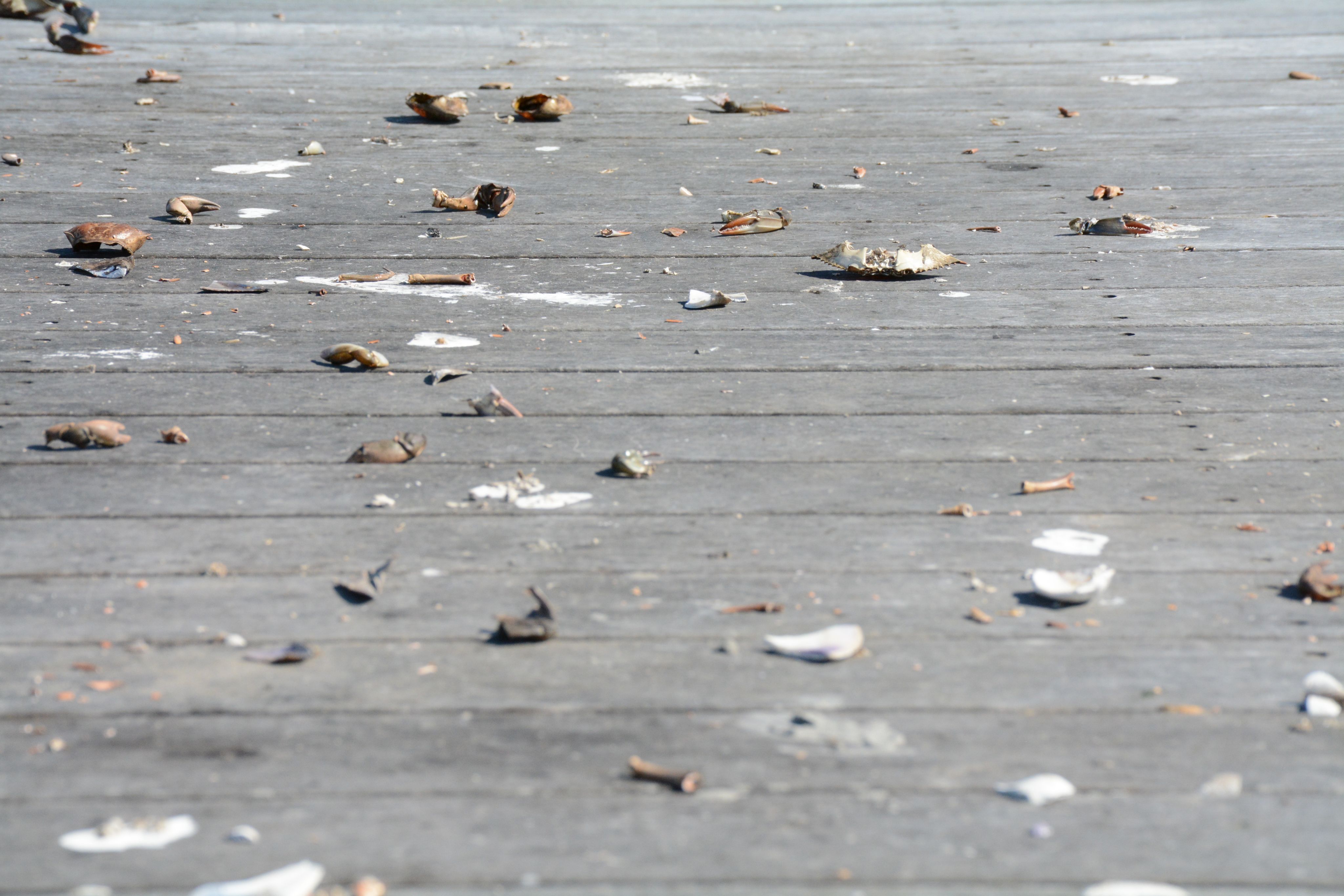
On Long Island, a half-century of harmful behavior in the Great South Bay area is now felt. The shellfish population was already decimated from over-fishing and warming waters, but the loss was compounded by harmful algal blooms.
Every year, for weeks at a time, enormous swathes of water turn dull shades of green, brown and mahogany from algae. The remaining clams and oysters refused to eat during “brown tide,” one of several types of algal blooms that result in mass starvation among shellfish and juvenile bivalves.

Over-fishing decreased shellfish populations by 90% in the 1980's. Now, algal blooms reduce their populations further. Juvenile bivalves do not have the endurance to withstand long periods of starvation.
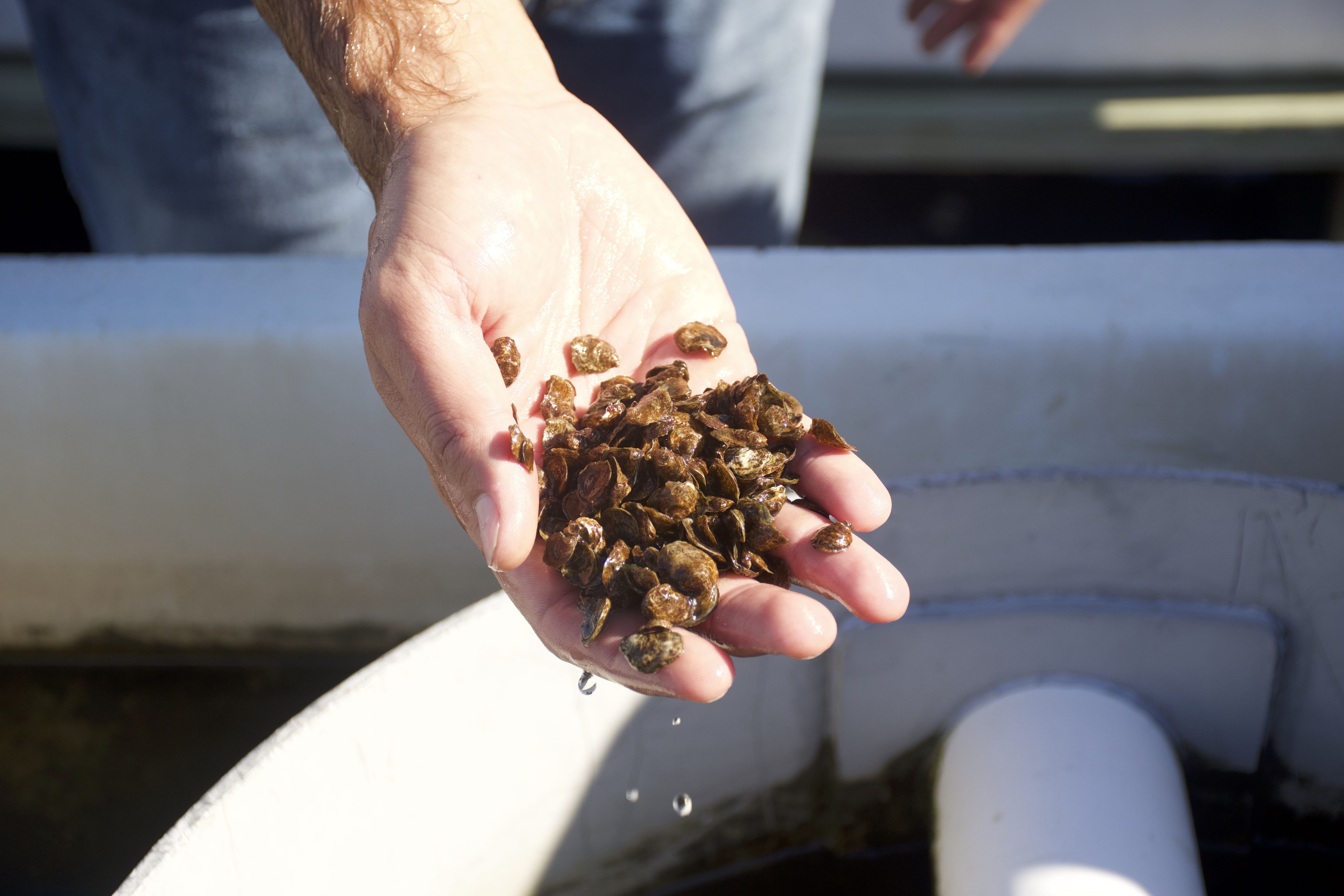
Explosive growth of algae began in the absence of shellfish in the 1980s, which was worsened by development near Long Island’s coast. As the fishing industry boomed in the Great South Bay, Suffolk County was being suburbanized. Nearly 400,000 homes were built with cesspools and septic tanks buried deep underground. Over time, the systems aged and waste water began leaking into the groundwater, flowing into the bay.
"The biggest problem in the bay is nitrogen pollution, and the primary source of nitrogen pollution off the mainland is cesspools. What happens in a cesspool is that human waste filters down into the ground, the nitrogen-laden waste flows into the bay, and that causes algal blooms," said Robyn Silvestri, executive director of Save The Great South Bay.
Save The Great South Bay is a nonprofit that striving to protect the bay and increase environmental awareness.
Incoming pollution would usually be dealt with by the shellfish population. Their absence enabled pollution to created disastrous conditions in the bay.
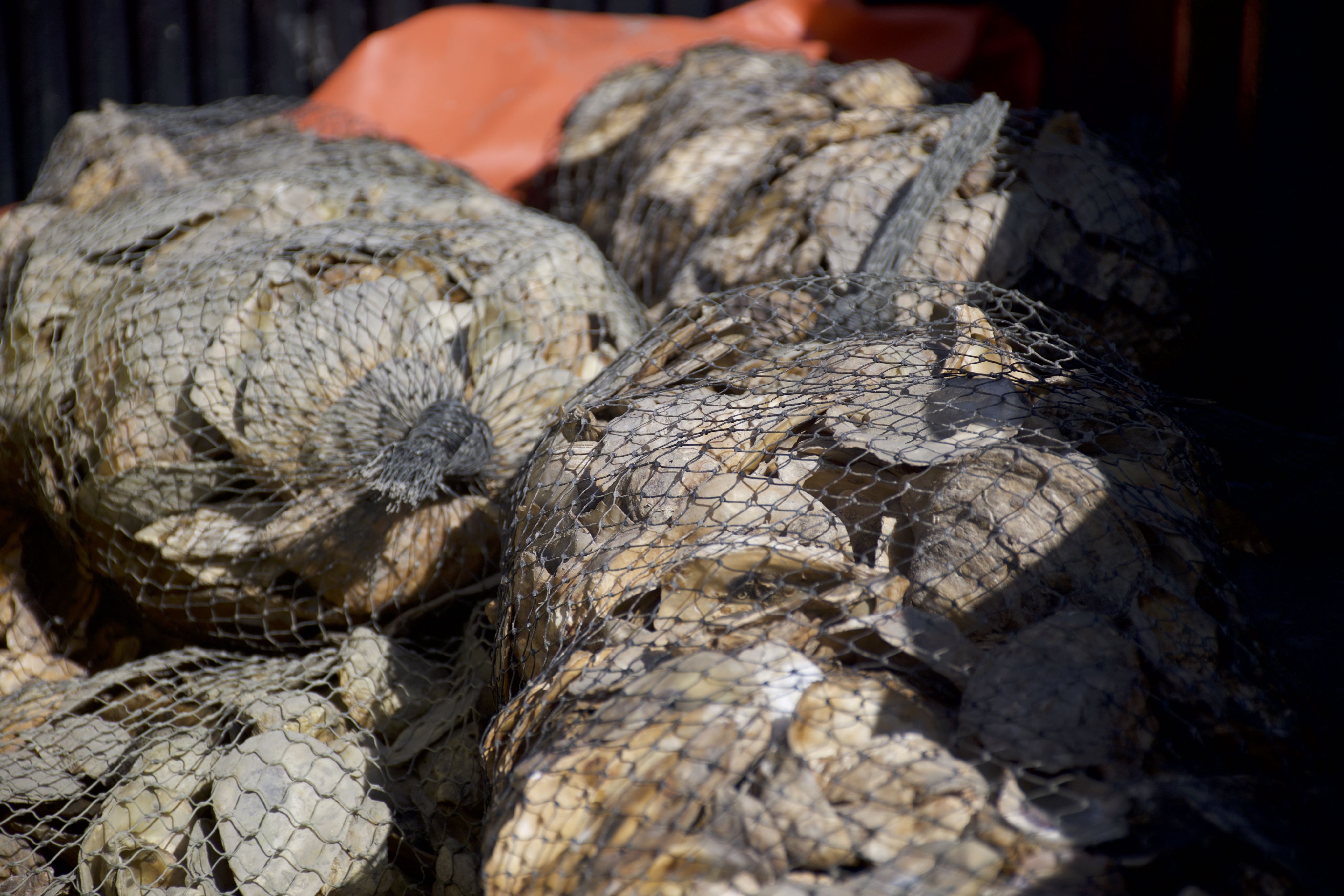
Dasysiphonia Japonica is an invasive strand of seaweed, one of many harmful phenomena spreading along the south shore of Long Island. The sudden surge of Dasysiphonia can be attributed to the presence of wastewater-derived nitrogen. Decaying seaweed produces chemicals that decrease survival rate of larval fish and shellfish.
Image courtesy of Chris Gobler at Stony Brook University.
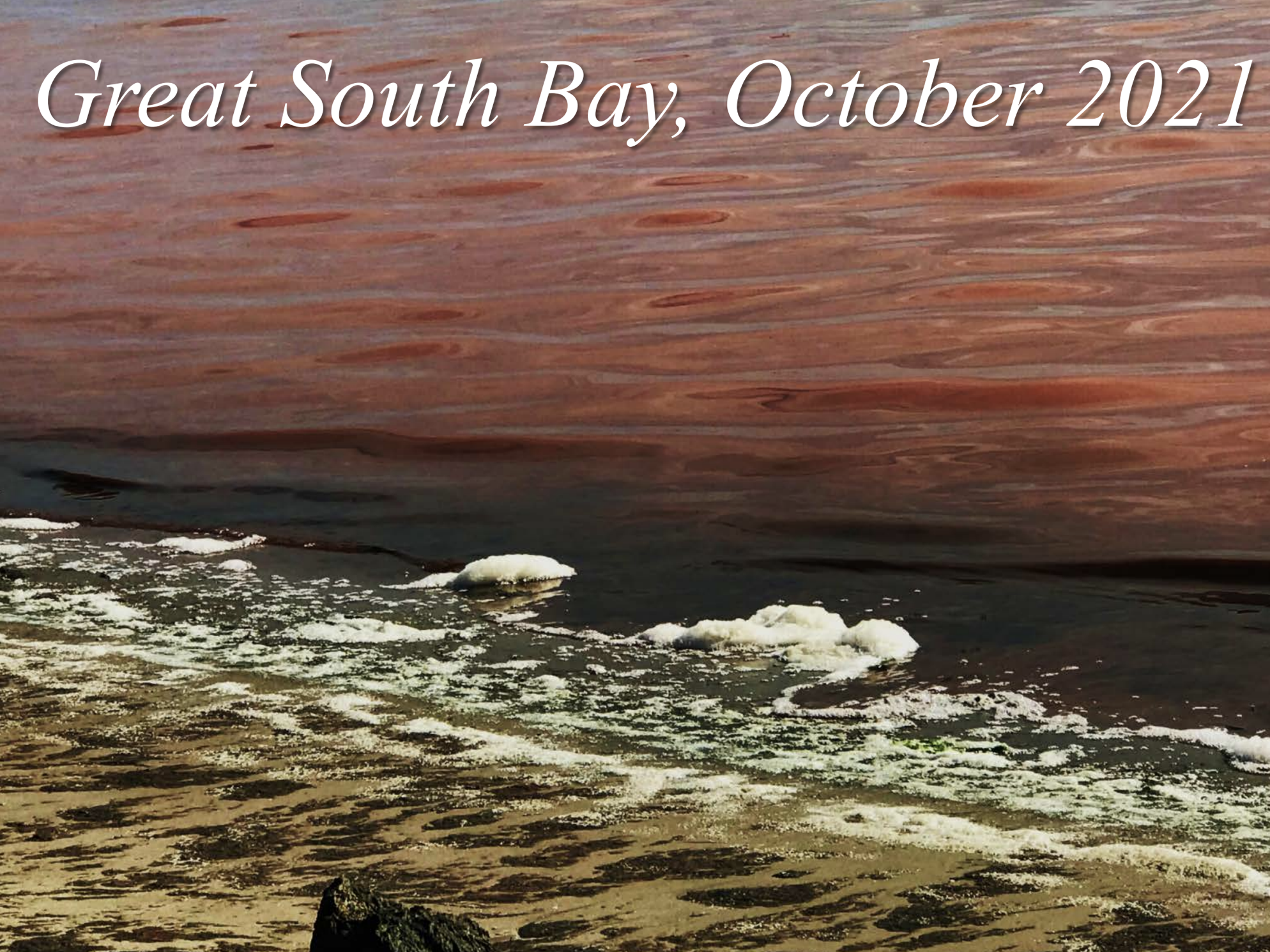
In response, nonprofit and government-run programs are nursing and growing oysters and other shellfish to plant back into the bay. However, advocates say the other half of that solution requires reducing pollution from the source. Suffolk’s efforts to reduce pollution come in the form of long-term environmental programs. Nitrogen pollution is “public enemy number one,” according to County Executive Steve Bellone’s administration.
The Long Island Nitrogen Action Plan, a collaboration between the state Department of Environmental Conservation and Long Island’s county governments, to protect the region's waters over and underground by recommending policy. The plan works parallel to many long-term efforts that aim to study and prevent nitrogen pollution, and to plan a cleaner future for the bay system.
For example, the Suffolk County Subwatersheds Wastewater Plan pushes to upgrade near 200,000 homes to new septic tanks within 30 years. “Low-N” systems can reduce nitrogen pollution by as much as 90%. Homeowners are incentivized to buy new systems with $30,000 from county and state rebate programs after receiving the upgrade.
Suffolk County’s public water was in the top 5% of highest nitrogen polluted water in the United States in 2019. To find out what to do next, scientists visited Maryland, Massachusetts and Rhode Island on a "magical septical tour," according to Chris Gobler, a professor in the School of Marine and Atmospheric Sciences at Stony Brook University, to examine successful waste-reduction projects and form their own. From that, the county has gone “way ahead of the curve,” he said.
"The tagline I use for Suffolk County is "from worst to first," Up until 2016, the plan was to take our toilets, take that waste, and get it as far down into the ground as possible, and let that drip into the water that we drink. That’s what was going on. Now, they have the most forward-thinking, aggressive and science-based program with the best incentives. Now, they’re the model," said Chris Gobler, School of Marine and Atmospheric Sciences professor at Stony Brook University.
Image courtesy of John Weiburg
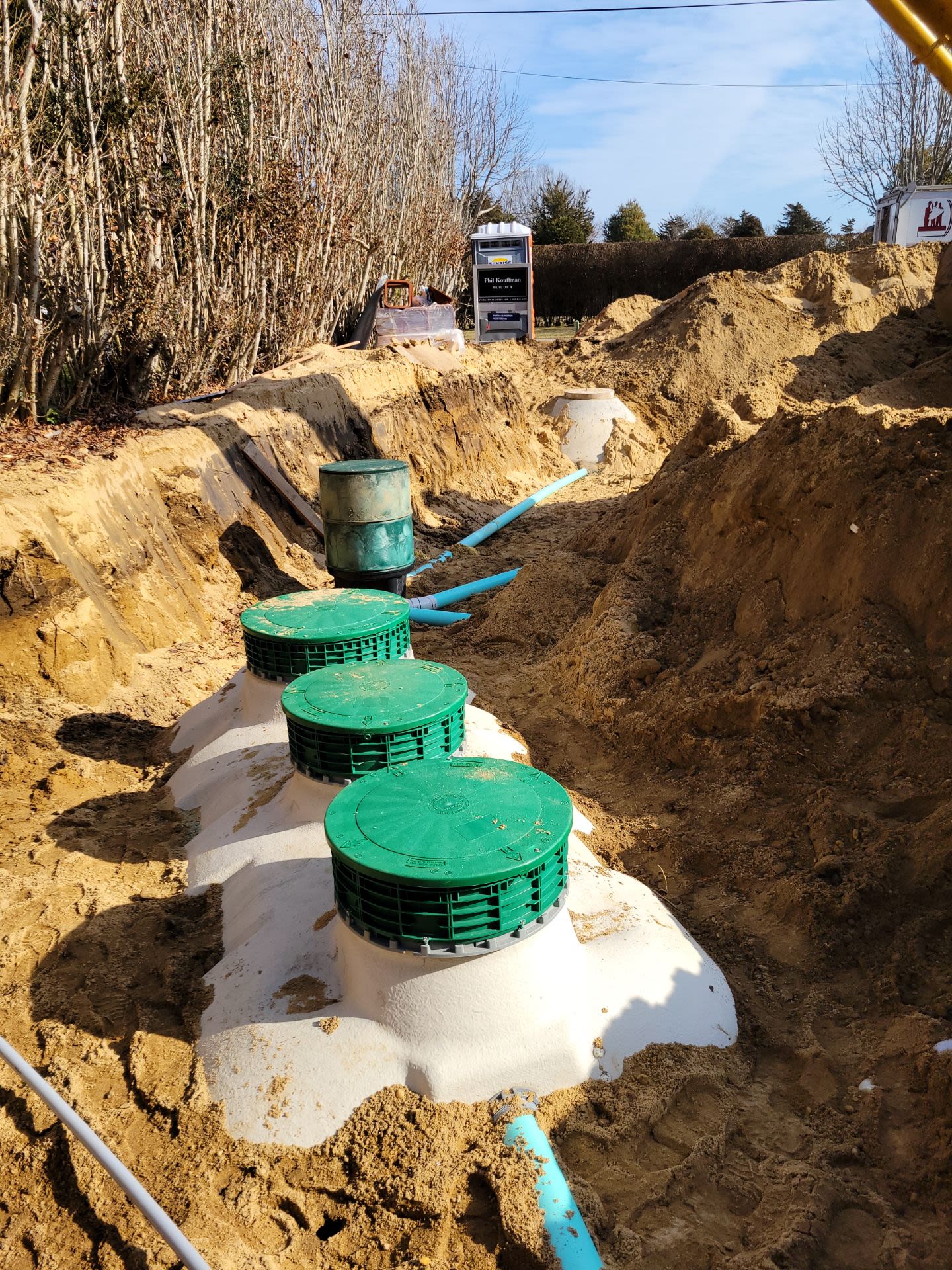
Oyster hatcheries use grow-lights to cultivate the feed for their livestock, which will be used to repopulate the Bay.
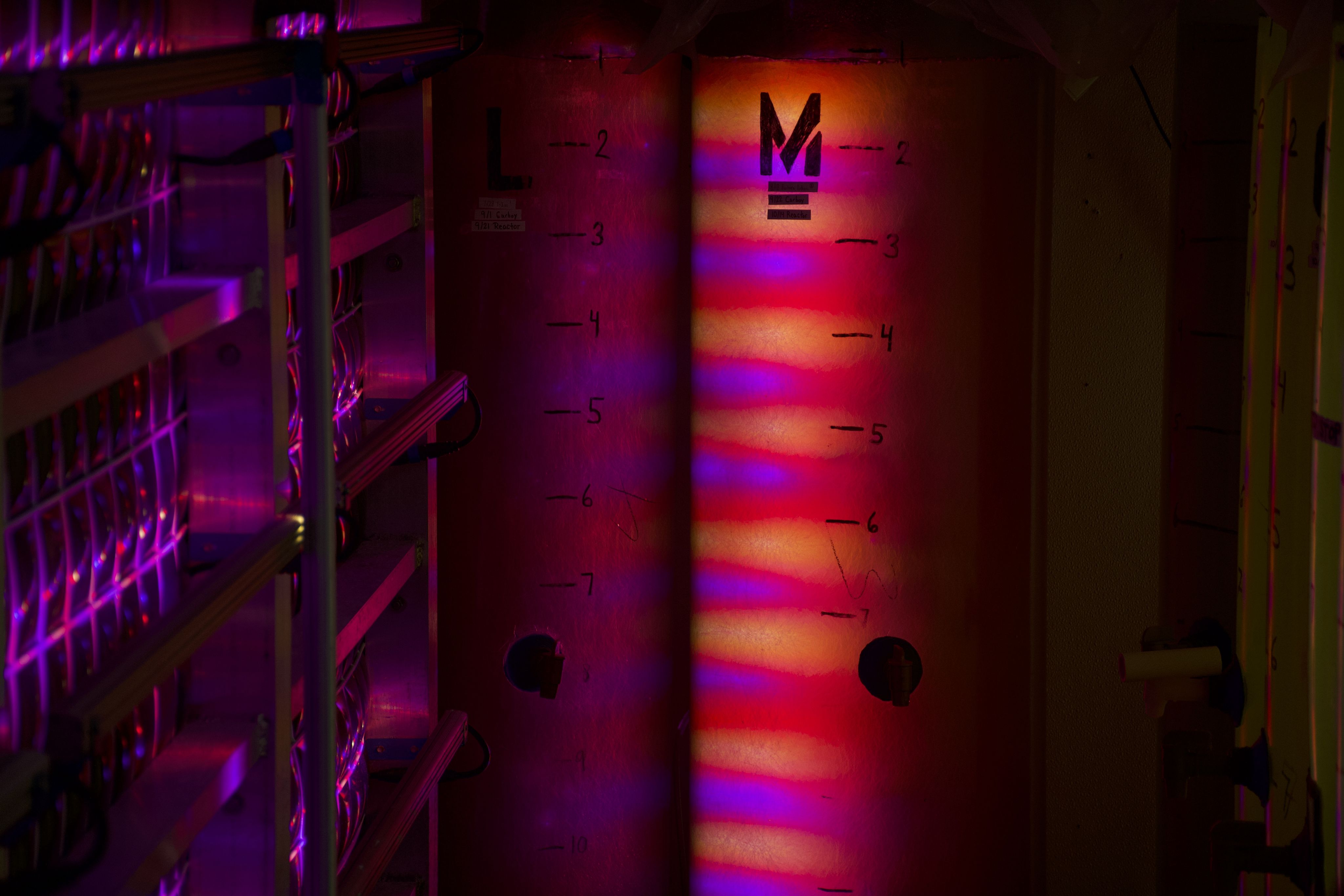
Suffolk is considering a law inspired by the state of Maryland, which would secure a revenue stream for further environmental projects. A nitrogen tax, much like a carbon tax, would require a person to pay a fee to compensate for the pollutants they release into the environment.
Under the state’s Long Island Shellfish Restoration Program, new shellfish sanctuaries would be established to improve the economy and the quality of water in the Great South Bay. Returning bivalves, at the same time as nitrogen is being reduced, can bring balance to the bay’s ecosystem.
Sanctuary programs have been shown to work in the Shinnecock Bay, just east of the Great South Bay. Shinnecock Bay has seen more successful hard clam landings than the entire Great South Bay, despite being 10 times smaller in area. There, brown tides have stopped entirely—Gobler said baymen and restaurants are feeling the benefits.
"What we've seen is a 1,700% increase in hard clam densities in the bay And then the outcome we hadn't even dreamed of in the beginning, the landings of hard clams in Shinnecock Bay also increased 1,700% to a benefit of local payment. We estimate that that's led to a more than $3 million in direct revenue for the Baymen and more than $30 million in economic multiplier benefit for things like wholesalers and restaurants," Gobler said.
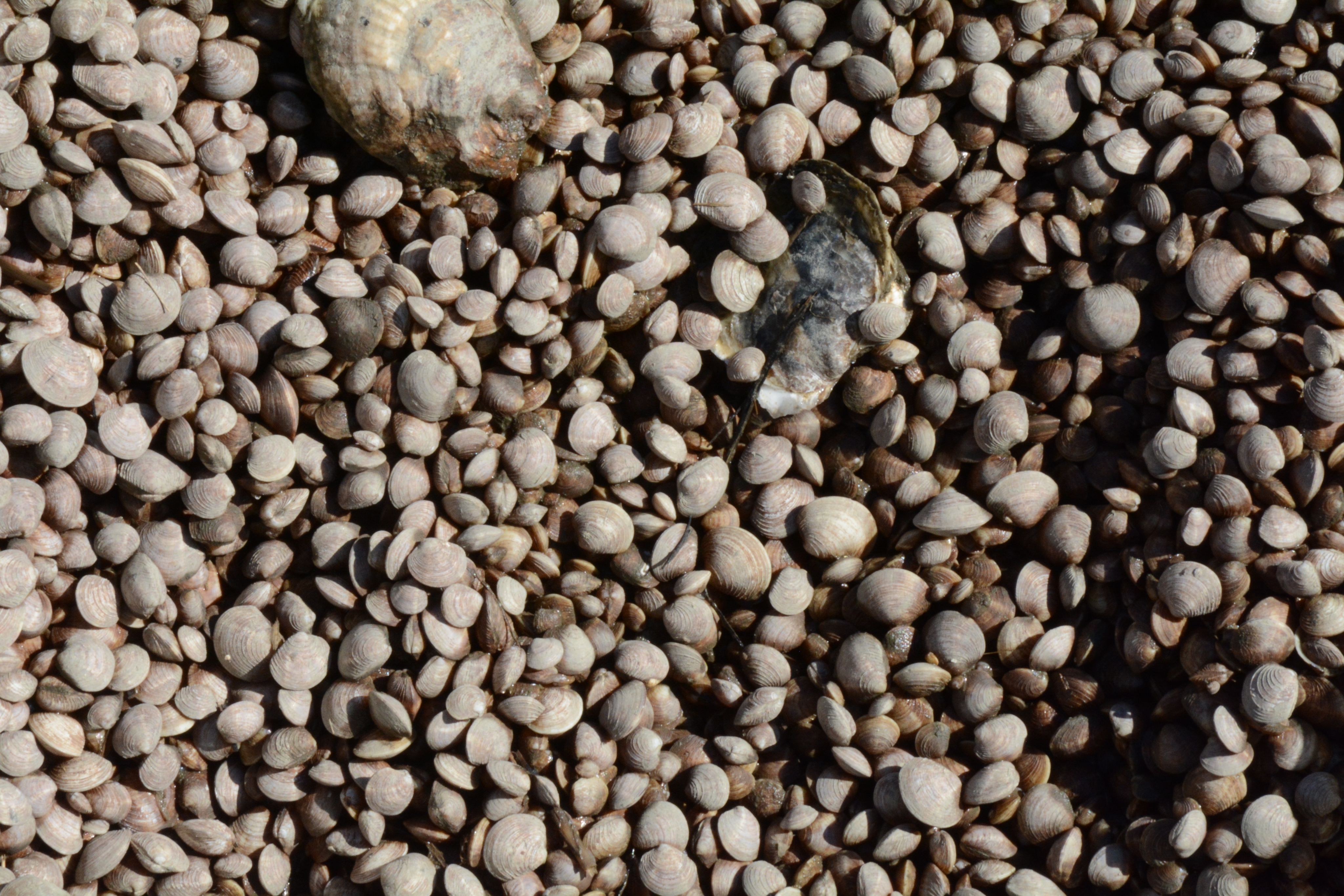
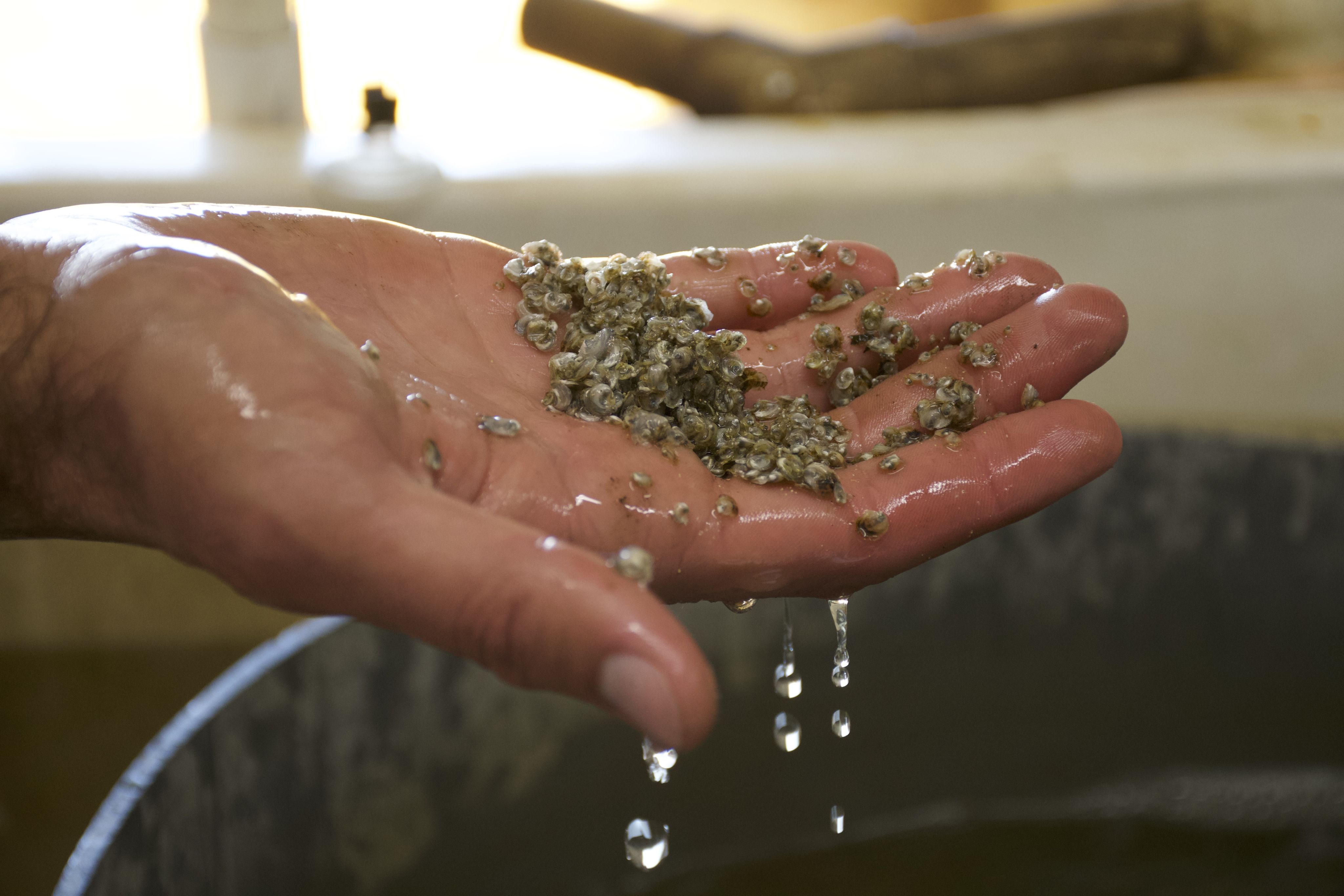
Septic reform and oyster seeding are two of many possible programs that can improve life on the waters, for humans and animals alike. No matter what, there is one limit that can't be immediately overcome: time.
Neither solution is fast or final. Suffolk County’s septic plan anticipates completion in three decades. Even if nitrogen leakage halted, there is 50 years worth of waste in Suffolk’s groundwater that will bleed into the bay.
"What we’re doing is just the beginning. Our grandchildren will be carrying this on, and their grandchildren will be carrying it on," Silvestri said.
Suburban life along the Great South Bay began almost a hundred years ago, fueled by the charm of the waterfront, the promise of economic success, and the novelty of a modernizing American lifestyle. That dream was unsustainable, and it will take as long to fix these problems as it did to feel their effects. Nature operates on a scale of generations.
